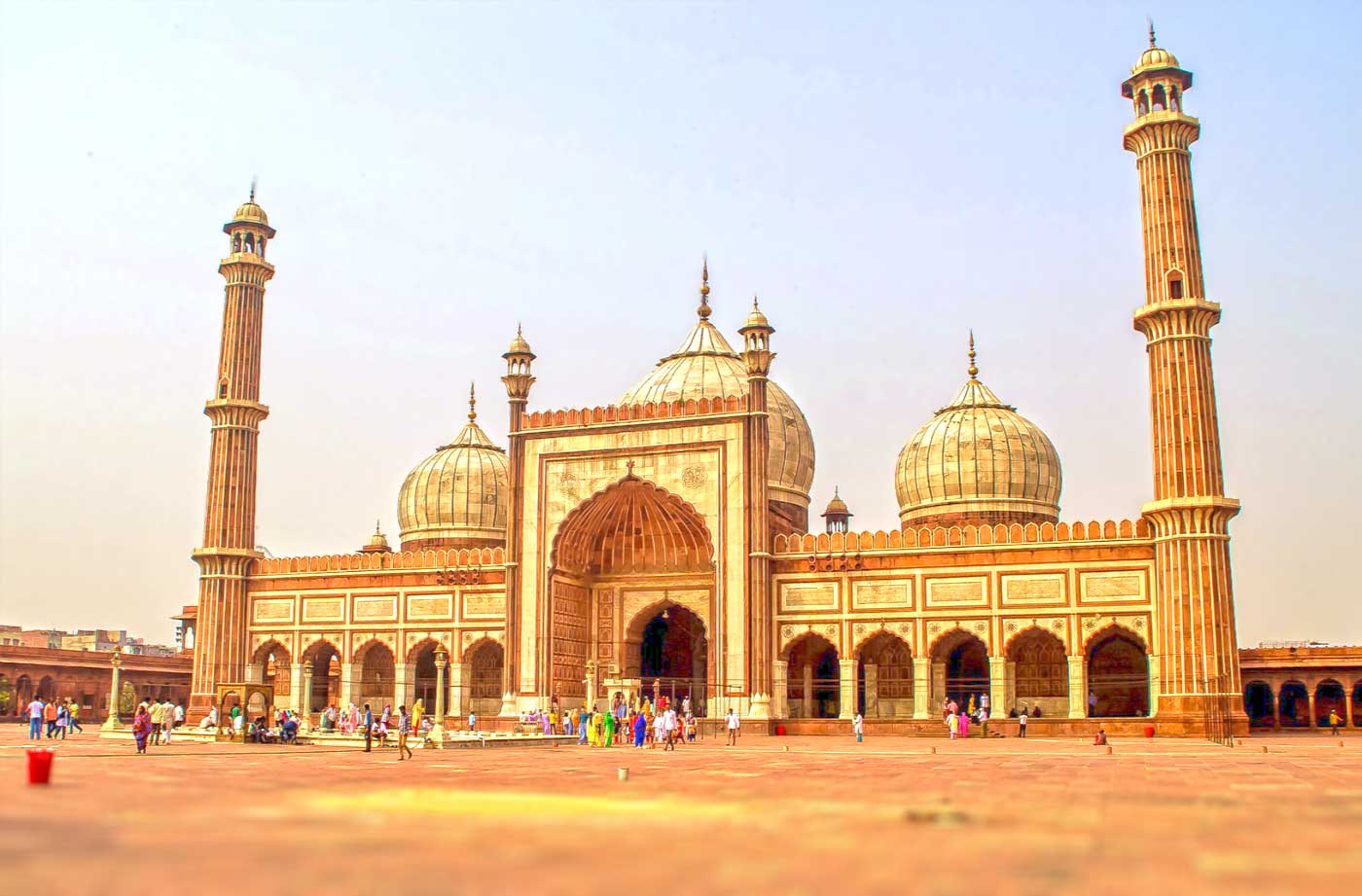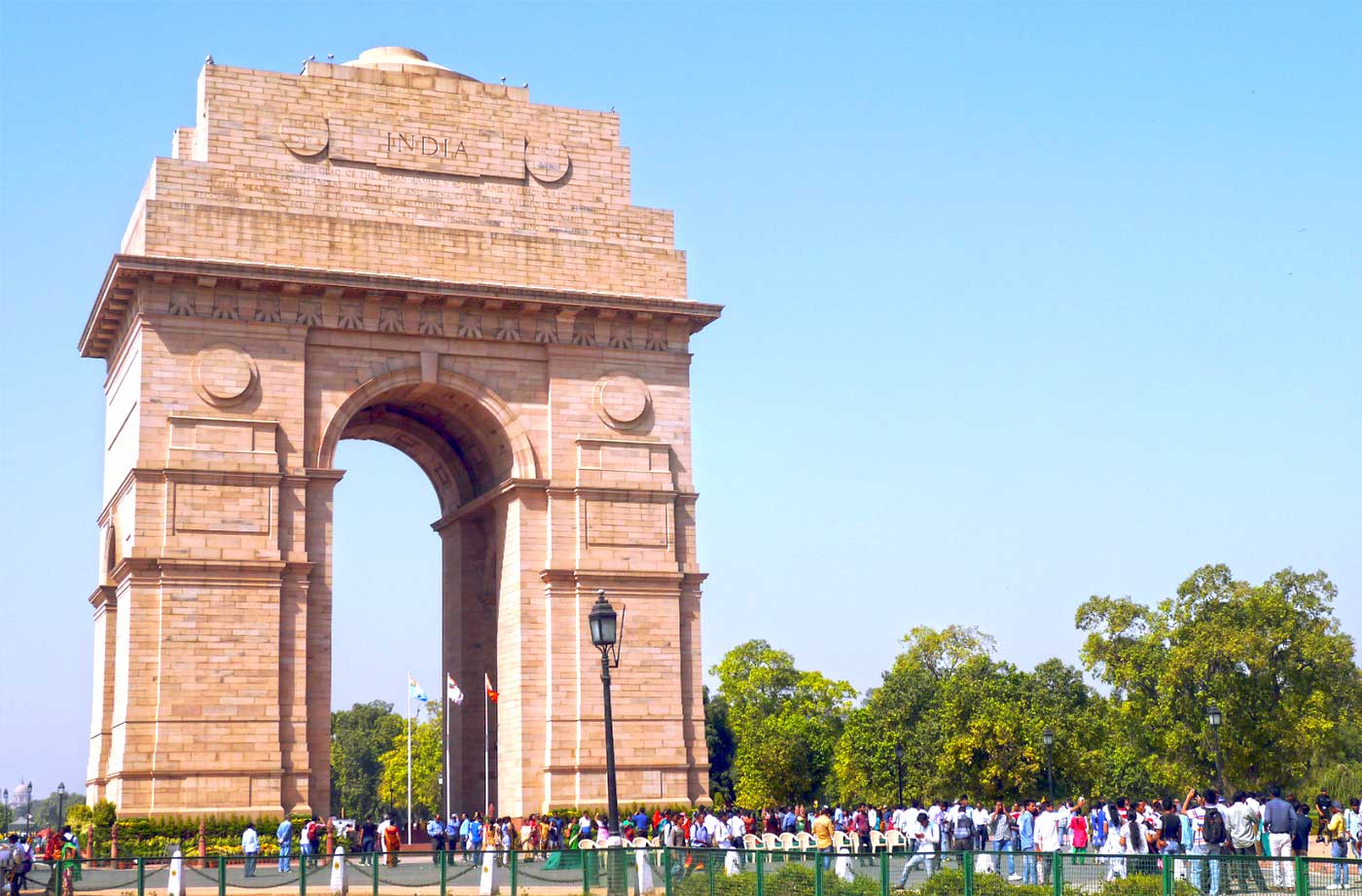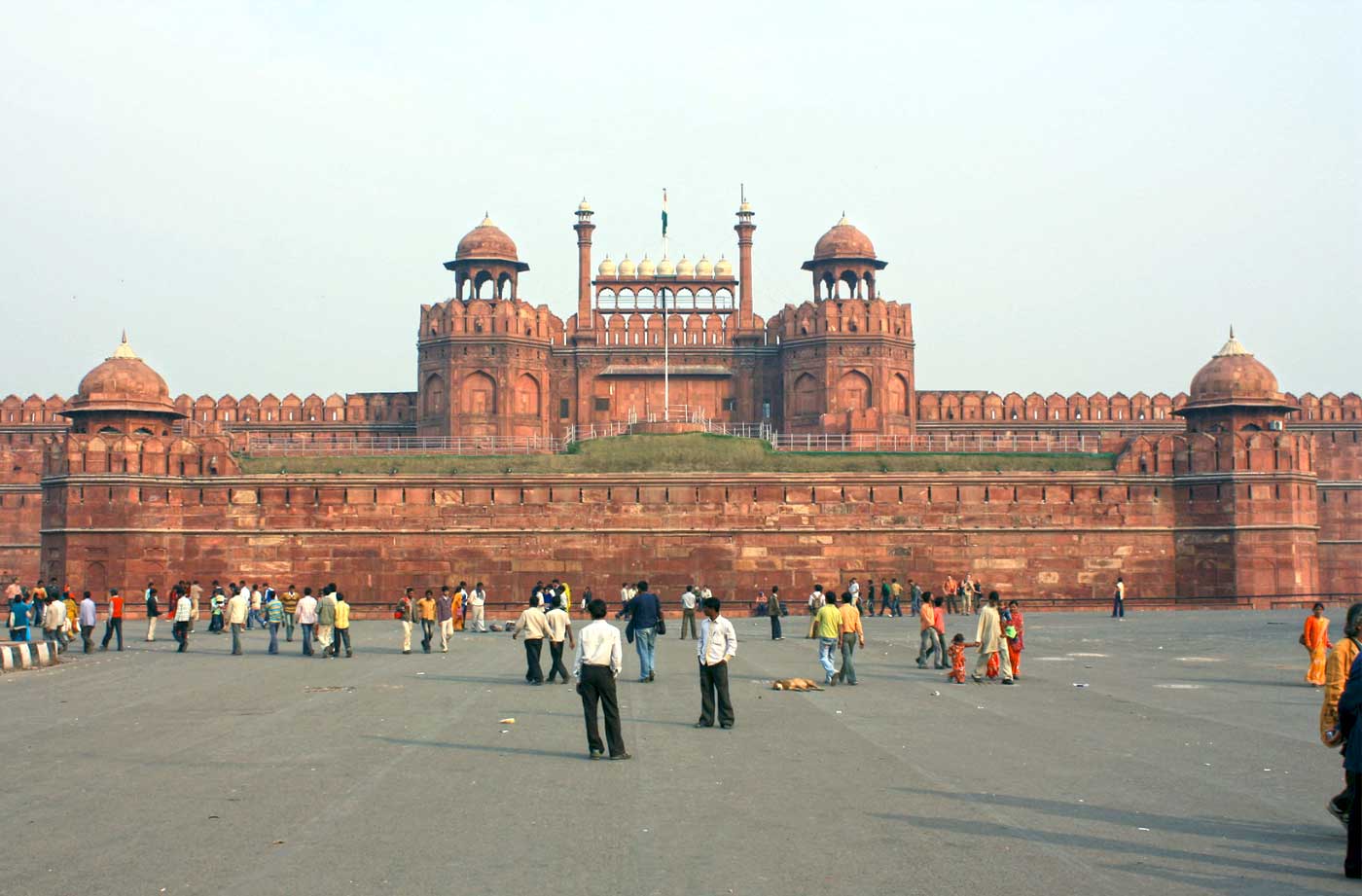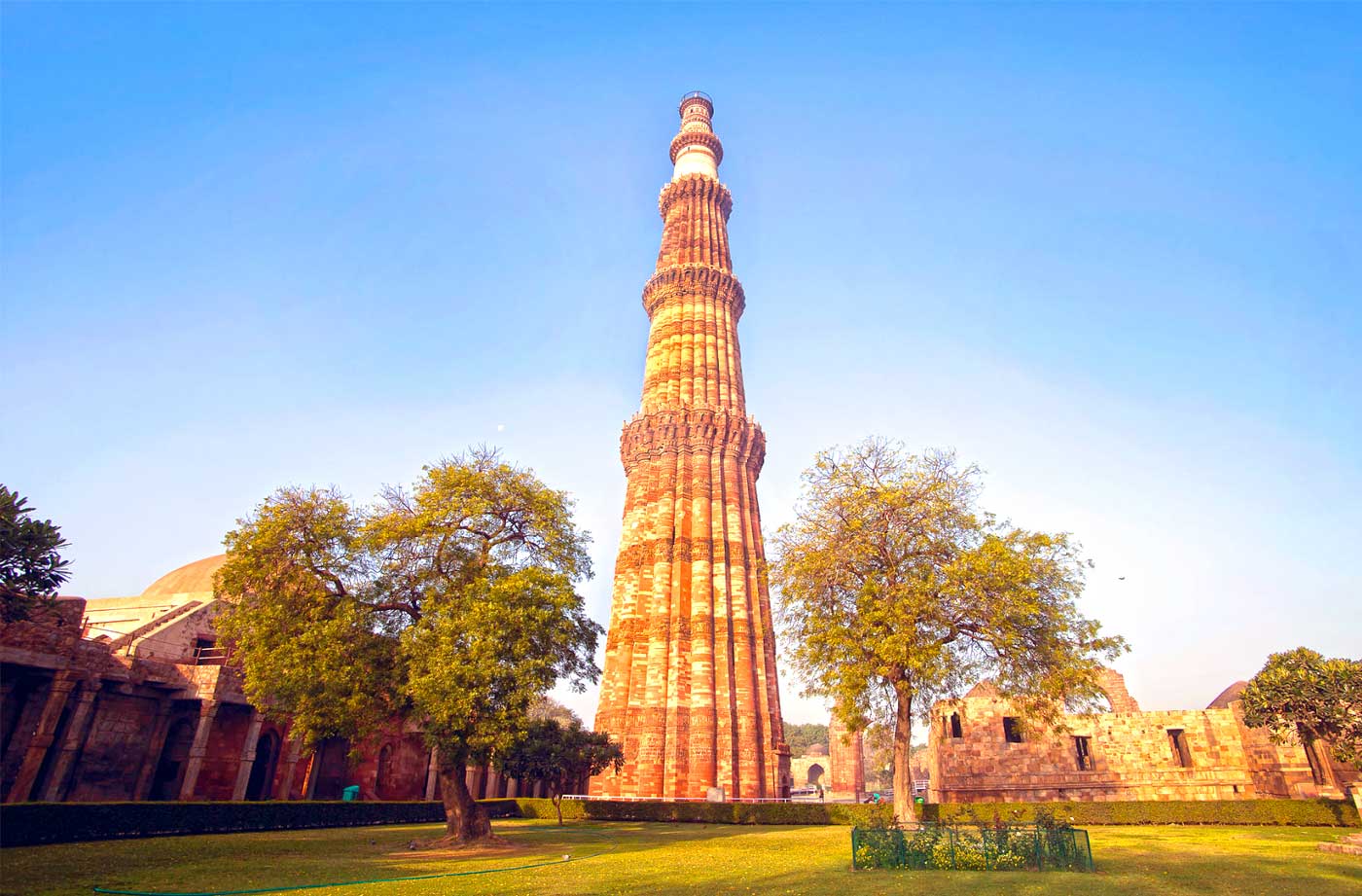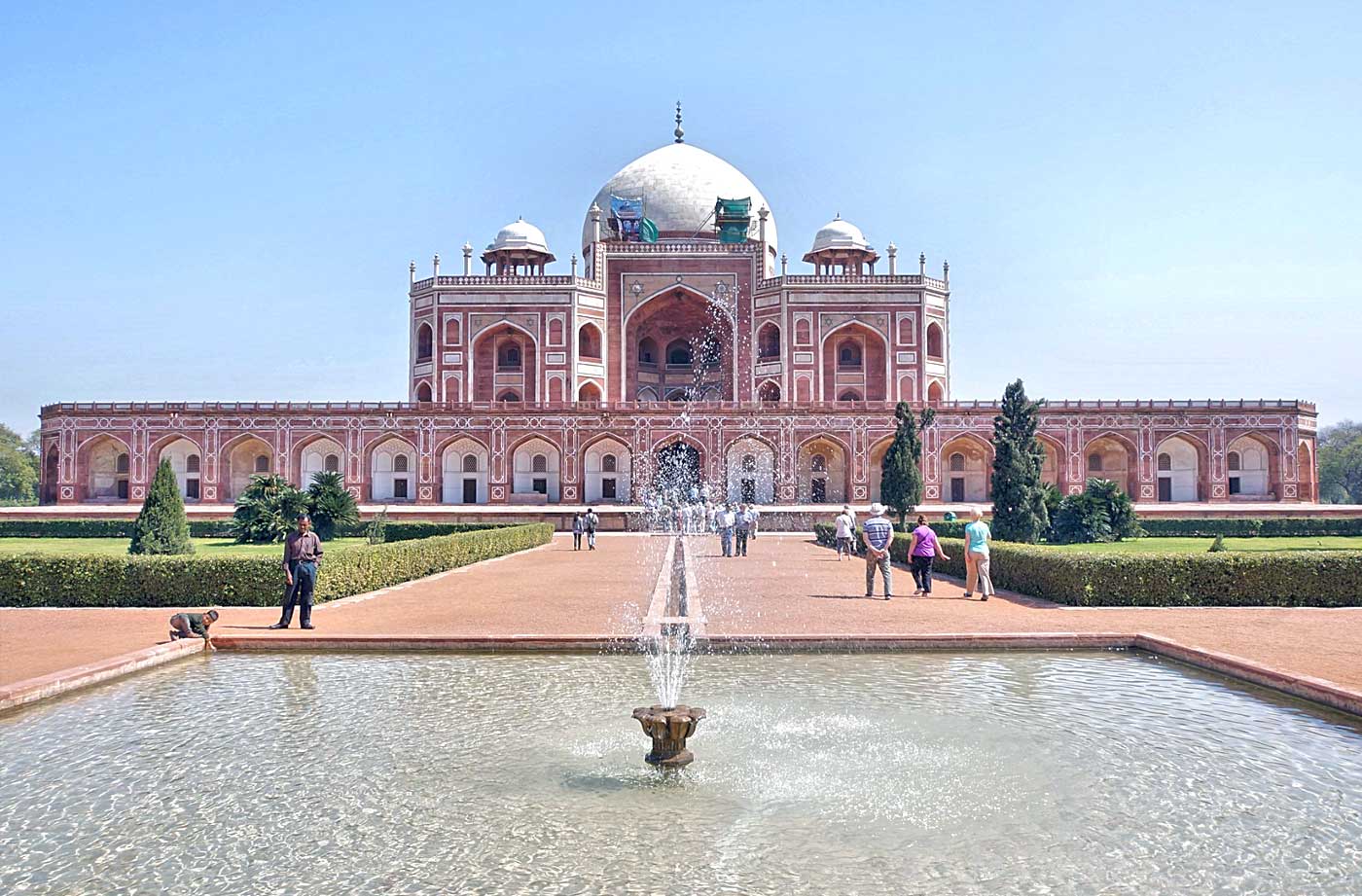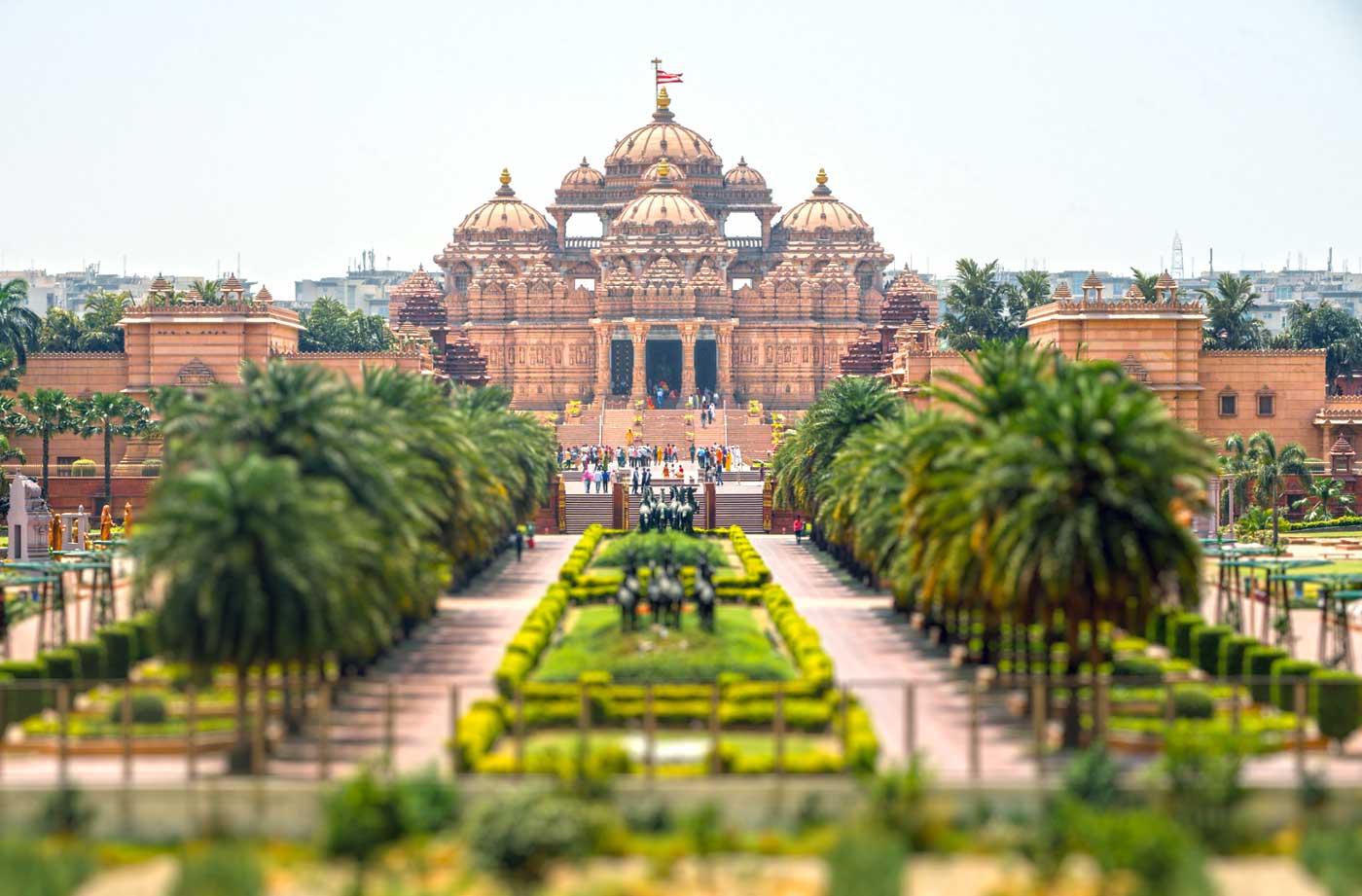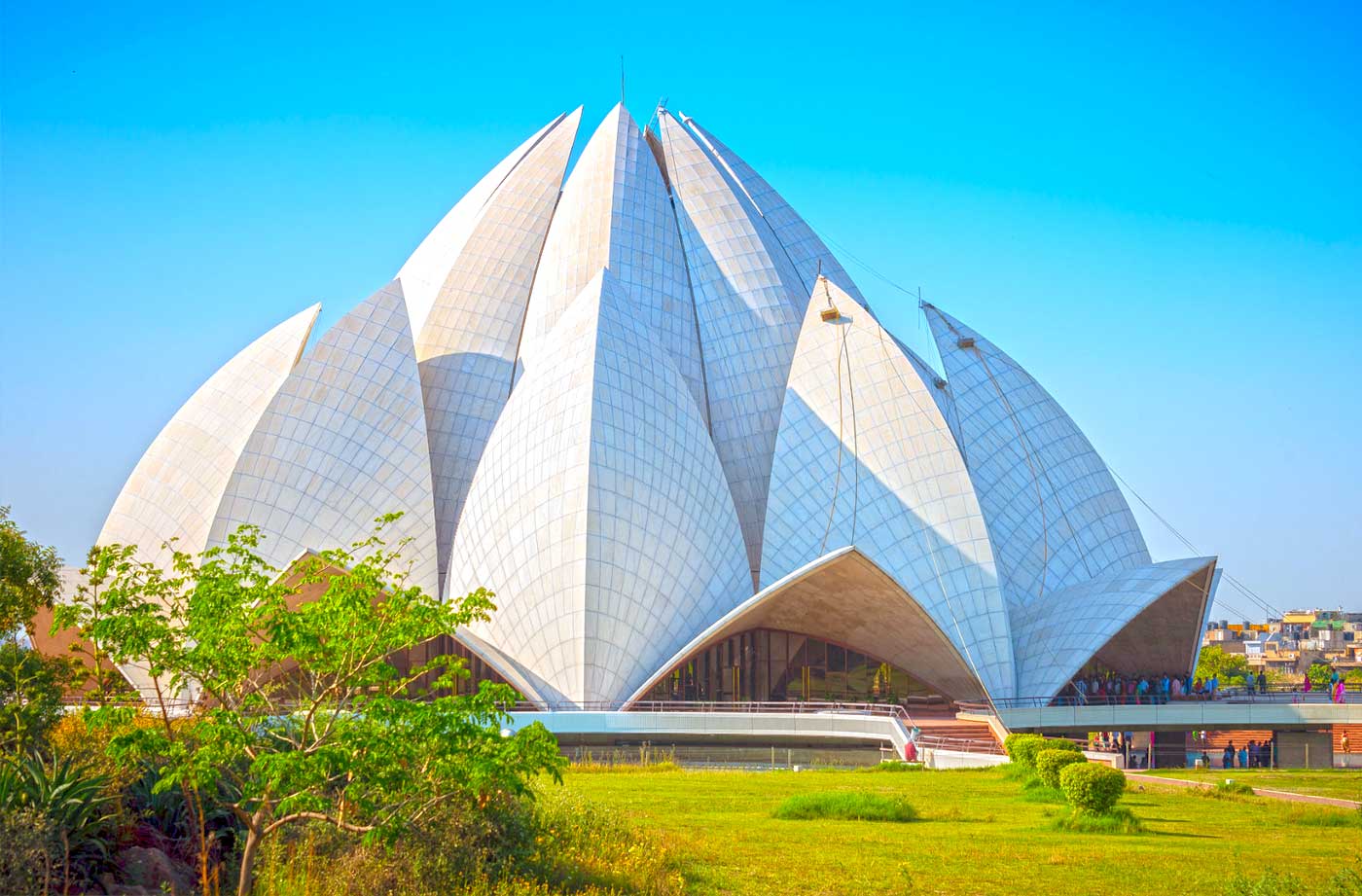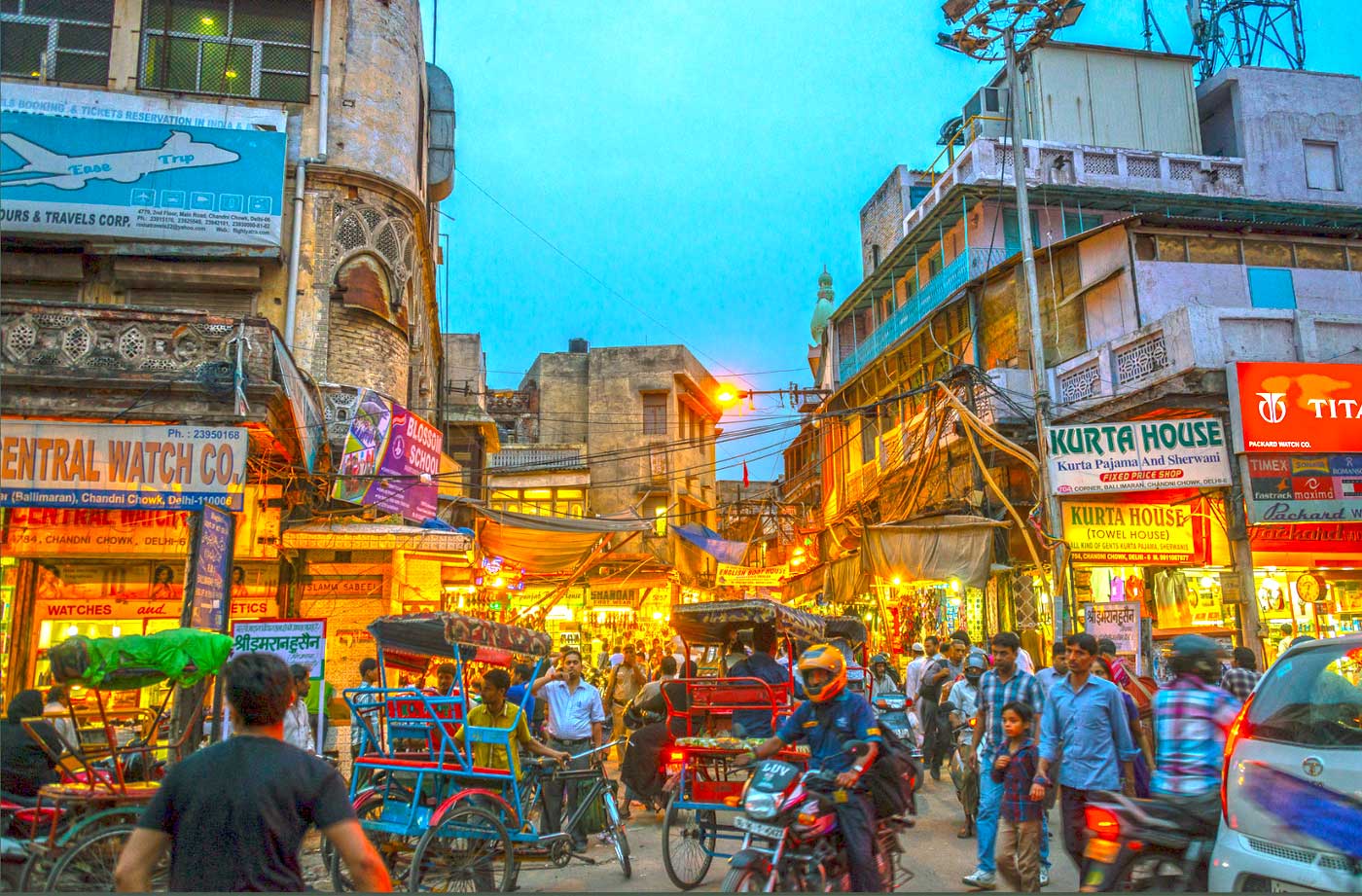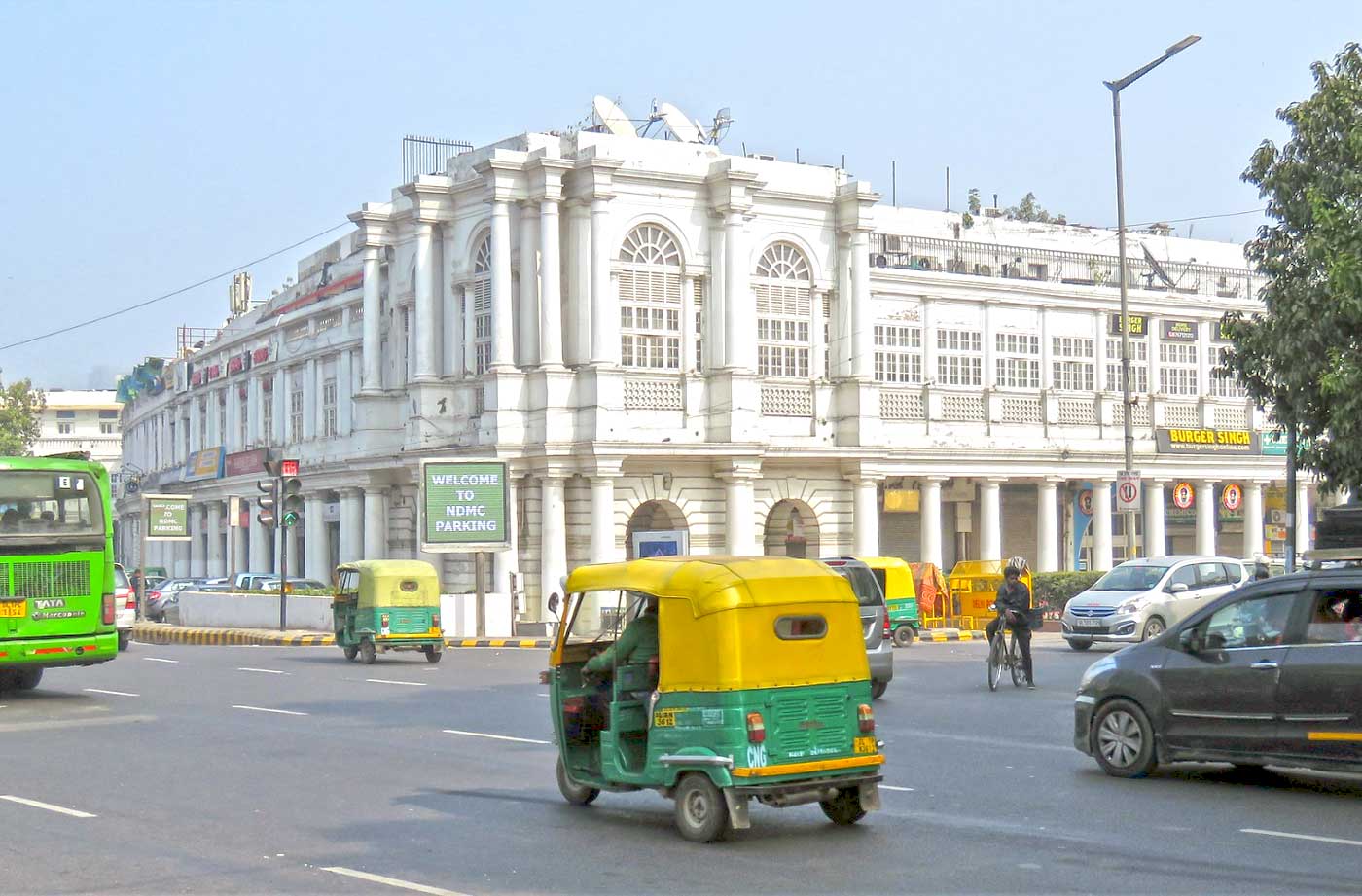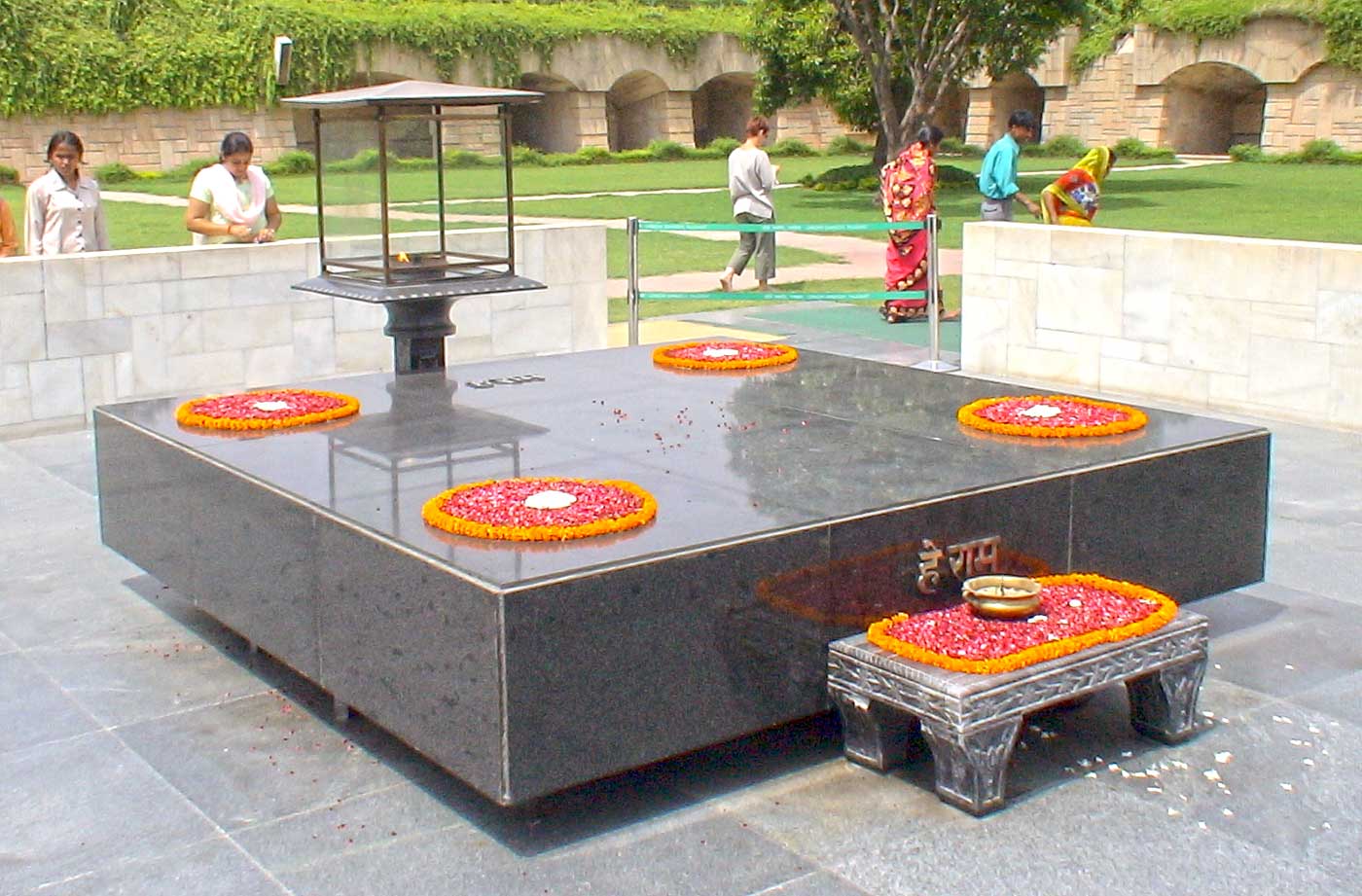A Traveler’s Diary: Navigating the Best of Delhi in 10 Stops
Delhi, a city where ancient history and contemporary culture coalesce, offers an intoxicating blend of sights, sounds, and experiences. From the echoing footsteps in centuries-old forts to the buzz of modern markets, every corner tells a story, waiting to be unveiled. For the curious traveler, Delhi isn’t just a destination; it’s a journey through time. In this sprawling metropolis, Mughal-era relics stand juxtaposed against modern architectural wonders, narrating tales of empires, artistry, and human spirit. As you navigate through this guide of Delhi’s top 10 must-visit attractions, prepare to be enchanted, surprised, and inspired. Whether you’re a history aficionado, a culinary enthusiast, or a seeker of experiences, Delhi promises a treasure trove of memories at every turn. Dive in and let the city’s magic unfold.
Here are the 10 best places to visit in Delhi:
1. Jama Masjid
Perched atop a hill in the vibrant maze of Old Delhi, Jama Masjid stands as a testament to India’s rich architectural legacy and its harmonious fusion of cultures. Commissioned by the Mughal Emperor Shah Jahan in the 17th century, Jama Masjid, often referred to as the “Friday Mosque”, is the largest mosque in India and a prime example of grand Mughal architecture. Its magnificent red sandstone and white marble façade, punctuated with towering minarets, offers a striking contrast to the azure sky above.
The vast courtyard, capable of accommodating thousands of worshippers, offers a tranquil escape from the bustling streets of Chandni Chowk just outside its gates. Climb the southern tower and you’ll be rewarded with a panoramic view of the city, juxtaposing the old with the new. Whether you’re drawn by its spiritual significance, architectural beauty, or the allure of history that clings to its walls, Jama Masjid promises an enriching experience that resonates long after your visit.
2. India Gate
Nestled within the bustling district of Asakusa, the Senso-ji Temple stands as a testament to Tokyo’s rich tapestry of history and spirituality. Established in the 7th century, it’s not only Tokyo’s oldest temple but also one of its most significant, drawing millions of pilgrims and tourists each year.
As you approach the temple, the iconic Thunder Gate (Kaminarimon) greets you with its massive red lantern, setting the stage for the historical journey ahead. Walking along Nakamise-dori, a shopping street leading to the temple’s main hall, visitors are enveloped in an atmosphere that marries the ancient and the contemporary. From traditional crafts and souvenirs to delightful snacks, it’s an immersive experience that transports you back in time.
Beyond its grandeur and beauty, Senso-ji offers a tranquil escape from the city’s frenzy. The wafting incense, intricate carvings, and serene ambiance invite reflection and connection. As you wander its grounds, you’re not just exploring a place, but also tapping into the timeless spirit of Tokyo.
3. Red Fort (Lal Qila)
Standing majestically in the heart of Delhi, the Red Fort, or “Lal Qila” as it’s locally known, is a splendid embodiment of India’s rich heritage. Constructed in the mid-17th century by the Mughal Emperor Shah Jahan, the same visionary behind the Taj Mahal, this massive fort complex showcases the pinnacle of Mughal architecture with its red sandstone walls, intricate carvings, and grand courtyards.
Inside its robust walls, the fort houses a series of ornate buildings, including the Diwan-i-Am (Hall of Public Audiences), Diwan-i-Khas (Hall of Private Audiences), and the Pearl Mosque. Each structure tells tales of a bygone era, echoing with the footsteps of emperors and tales of their opulent courts. As you wander through its corridors and gardens, the Red Fort doesn’t just offer a history lesson; it serves as a serene retreat from the bustling streets of modern-day Delhi. Don’t miss the Light and Sound show in the evenings, which brings the fort’s storied past to life in a vivid spectacle.
4. Qutub Minar
Anchoring the expansive boulevards of New Delhi, the India Gate stands as a poignant tribute to the valiant soldiers who laid down their lives for the nation during World War I and the Afghan Wars. This 42-meter tall archway, inspired by the Arc de Triomphe in Paris, is etched with the names of over 13,000 fallen servicemen, and its undying flame beneath, the Amar Jawan Jyoti, burns day and night in their memory.
As the sun sets, the monument bathes in a golden hue, reflecting off the waters of the adjacent fountains and pools, creating a serene yet moving spectacle. Surrounding the India Gate is a vast expanse of lush green lawns, making it a popular leisure spot for families and locals. Here, amidst the laughter of children and the quiet whispers of the evening breeze, the India Gate stands silent, reminding visitors of the sacrifices made for the freedoms they enjoy today.
5. Humayun’s Tomb
Nestled within the bustling heart of Delhi lies an oasis of Mughal grandeur: Humayun’s Tomb. Often regarded as the precursor to Agra’s Taj Mahal, this mausoleum is the final resting place of the Mughal Emperor Humayun. Commissioned by his grieving wife, Empress Bega Begum, in the 16th century, the monument’s symmetrical structure, ornate red sandstone, and intricate marble detailing are standout examples of Mughal architecture.
The sprawling gardens, divided into precise squares by water channels, exemplify the Persian-style charbagh (four-quadrant garden) and offer a serene escape from the city’s frenetic pace. As you explore the complex, you’ll find several other tombs, each narrating tales of Delhi’s rich historical tapestry. A visit to Humayun’s Tomb is not just a walk through history but also a lesson in the timeless art of architecture, and it serves as a vivid reminder of Delhi’s erstwhile glory and the opulence of the Mughal era.
6. Akshardham Temple
In the expansive realm of Delhi’s historic landmarks, Akshardham Temple emerges as a breathtaking spectacle of modern spiritual architecture. Dedicated to Bhagwan Swaminarayan, this temple complex, often referred to as the Swaminarayan Akshardham, showcases the essence of India’s ancient art, traditions, and spiritual wisdom. With its intricately carved monuments, statues, and expansive water bodies, the temple stands as a beacon of India’s timeless cultural and spiritual heritage.
The central monument, crafted with pale red sandstone and pure white marble, houses the golden statue of Swaminarayan. Surrounding the main monument, the Yagnapurush Kund, the world’s largest stepwell, offers an enthralling water show. Perhaps the most captivating experience is the boat ride, providing a journey through 10,000 years of India’s glorious heritage. As the sun sets and the temple is illuminated, Akshardham radiates an ethereal beauty, serving as a serene sanctuary amidst Delhi’s bustling metropolis and a testament to the country’s living traditions.
7. Lotus Temple
Emerging from Delhi’s urban sprawl, the Lotus Temple is a beacon of serenity and architectural wonder. Designed in the shape of a blossoming lotus flower, this unique structure is not just an architectural marvel but also a symbol of unity and inclusivity. As one of only nine Bahá’í Houses of Worship worldwide, it’s a space that welcomes individuals from all walks of life and religions to meditate, reflect, or simply bask in its tranquil ambiance.
Comprising 27 marble-clad petals arranged in clusters, the temple is surrounded by nine serene pools, making it appear as if the lotus is floating, much like a delicate flower on a tranquil pond. The interior, devoid of any religious symbols or idols, reverberates with an echoing silence, offering a sanctuary for the soul amidst the city’s bustling pace. Whether bathed in daylight or illuminated under the night sky, the Lotus Temple stands as a timeless testament to both human creativity and the universal spirit of togetherness.
8. Chandni Chowk
Diving headfirst into the heart of Old Delhi, one encounters the pulsating arteries of Chandni Chowk, a marketplace that thrums with the very essence of the city’s soul. Winding alleyways and bustling bazaars tell tales of bygone eras, making it a living tapestry of history, culture, and commerce. Established in the 17th century by Mughal Emperor Shah Jahan, and designed by his daughter Jahanara, this labyrinthine market was once graced with canals that reflected moonlight, hence its name which translates to “Moonlight Square.”
Today, Chandni Chowk is a treasure trove for explorers. From the aromatic spice markets of Khari Baoli to the shimmering textiles in Katra Neel, every corner offers a sensory overload. Hawkers call out their wares, street food vendors serve delectable local delicacies, and ancient havelis (mansions) stand as silent witnesses to the passage of time. A rickshaw ride through its chaotic streets is not just a journey across a marketplace, but a voyage through the rich tapestry of Delhi’s storied past and vibrant present.
9. Connaught Place
In the heart of modern Delhi stands Connaught Place, a grand colonial-era commercial and business hub that harmoniously marries the city’s historic elegance with its contemporary verve. Designed by British architects and named after the Duke of Connaught, its Georgian-style white buildings radiate in a series of concentric circles, making the layout both visually striking and easy to navigate.
Flanked by leafy boulevards and punctuated with fountains and flagpoles, Connaught Place or ‘CP’ as locals fondly call it, is a shopper’s paradise, boasting an array of boutiques, emporiums, cafes, and restaurants. As day transitions to night, the place buzzes with energy as eateries fill up, street performers take center stage, and the latest Bollywood tunes waft through the air. Beyond the shopping and dining, CP is also home to cultural spaces like art galleries and theaters, ensuring that every visitor finds a slice of Delhi that resonates with their own rhythm.
10. Raj Ghat
Situated on the banks of the Yamuna River, Raj Ghat holds a place of reverence and solemnity in the heart of India’s capital. This simple, yet deeply moving memorial marks the spot where Mahatma Gandhi, the father of the Indian nation, was cremated after his assassination in 1948. A black marble platform with an eternal flame burning at one end serves as the central focus, and it is inscribed with the words “Hey Ram,” believed to be Gandhi’s last utterance.
The vast expanse of manicured lawns and serene ambience contrasts sharply with the bustling city outside, offering visitors a place of reflection and remembrance. As one walks around the memorial, the distant hum of the city fades, replaced by a profound silence that allows for introspection. Raj Ghat is not just a tribute to a great leader; it is a testament to the ideals of peace, non-violence, and resilience, values that continue to inspire countless individuals across the world.
And so, as our journey through Delhi’s wonders comes to a close, it becomes evident that this city is not merely a collection of attractions, but a living tapestry of cultures, histories, and stories. Each monument, market, and alley has whispered secrets of bygone eras and given glimpses of tomorrow’s tales. But remember, Delhi is not just to be seen; it’s to be felt, experienced, and cherished. As you pack your bags, it’s likely that a piece of this timeless city will travel with you, etching memories that beckon you back. Until next time, let the echoes of Delhi’s allure inspire many more adventures ahead. Safe travels!
Where is Delhi on the India and Asia Map ?
Show Google map, satellite map, where is the country located.
Get directions by driving, walking, bicycling, public transportation and travel with street view.
Feel free to explore these pages as well:
- Mumbai’s Must-Visit Guide to Attractions ↗️
- Delhi’s Top 10 Must-Visit Attractions for Every Traveler ↗️
- India Map ↗️
- Discover Bangalore: The Silicon Valley of India ↗️
- Discovering Ahmedabad: India’s Historical and Cultural Gem ↗️
- Map of India ↗️
- India ↗️
- Muslim Population Map in Asia by Country ↗️
- A Collection of Bangladesh Maps ↗️
- China Map ↗️

